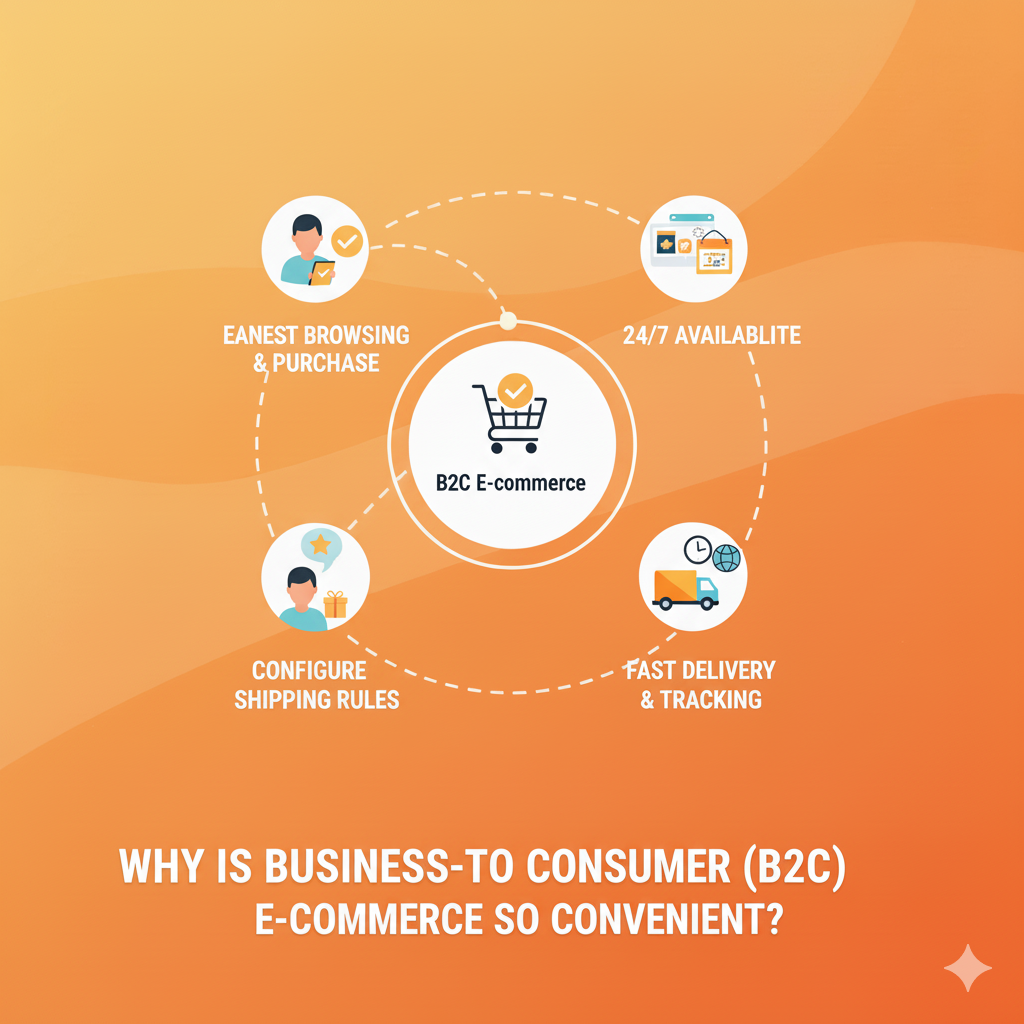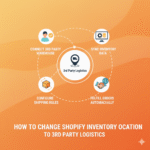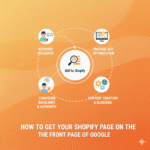We all shop online from groceries and clothes to gadgets and even furniture. But have you ever stopped to think about why online shopping feels so convenient compared to traditional retail?
The answer lies in the power of Business-to-Consumer (B2C) e-commerce a model that connects brands directly to customers through online platforms. It’s fast, personalized, and accessible anytime, anywhere.
In this article, I’ll break down why B2C e-commerce has become so convenient for both businesses and consumers, and how it’s changing the way we buy and sell online.
What Is Business-to-Consumer (B2C) E-commerce?
Before we talk about convenience, let’s quickly clarify what B2C e-commerce means.
B2C e-commerce refers to businesses selling products or services directly to consumers online without middlemen.
A few examples include:
- Buying shoes from Nike’s website
- Ordering a laptop from Amazon
- Streaming content on Netflix
- Booking a ride on Uber
Each of these platforms connects the brand directly to the end user creating a seamless experience that traditional retail can’t match.
1. Shopping Anytime, Anywhere
One of the biggest reasons B2C e-commerce is so convenient is 24/7 accessibility.
You don’t have to wait for stores to open. Whether it’s midnight or early morning, you can browse products, compare prices, and check out within minutes.
For businesses, this means sales aren’t limited by geography or time zones. A store based in India can sell to someone in London while the team is asleep — thanks to automation and digital storefronts.
Example:
Amazon and Flipkart receive thousands of orders even during off-hours because customers shop whenever they find time.
2. Easy Product Discovery and Comparison
Traditional shopping involves walking through aisles or visiting multiple stores. Online, everything is a search away.
B2C platforms make it easy to:
- Compare prices between multiple brands.
- Check reviews and ratings instantly.
- Use filters to find exactly what you want.
This saves hours of physical shopping and helps consumers make smarter purchase decisions.
Example:
When buying a smartphone, you can instantly compare camera specs, battery life, and prices from different brands — all within one page.
3. Personalized Shopping Experience
Modern e-commerce is powered by AI and data analytics, which track browsing history, preferences, and past purchases to create a personalized experience.
You see product recommendations that match your taste, reminders for items you left in your cart, and even targeted discounts.
For consumers, this feels more convenient because it reduces effort — you don’t have to search too much. The platform already knows what you like.
Example:
Netflix recommending shows you’ll actually enjoy or Amazon showing “Frequently Bought Together” products are perfect examples of personalization.
4. Secure and Multiple Payment Options
Earlier, one of the biggest barriers to online shopping was payment security. But now, B2C e-commerce offers trusted and flexible payment methods like:
- UPI
- Credit/debit cards
- Digital wallets (PayPal, Apple Pay, Google Pay)
- Cash on delivery (in some regions)
With SSL encryption and secure checkout systems, online payments have become safer than ever.
Consumers now complete purchases in seconds without worrying about fraud or delays — adding to the overall convenience.
5. Faster Delivery and Return Policies
Speed is everything in today’s e-commerce game.
Most B2C brands now offer:
- Same-day or next-day delivery
- Hassle-free returns and refunds
- Live order tracking
This gives consumers confidence and comfortthey know if something doesn’t fit or isn’t as described, they can easily return it.
Example:
Amazon Prime’s one-day delivery and Flipkart’s 7-day return policy are strong reasons customers keep coming back.
6. Better Pricing and Exclusive Deals
Since online stores save costs on rent, staff, and physical setups, they can offer better prices and frequent discounts.
E-commerce brands also use loyalty programs, seasonal sales, and coupon systems to attract repeat customers.
Example:
Events like Amazon Great Indian Festival or Flipkart Big Billion Days generate massive sales because customers love the value and convenience of shopping from home.
7. Easy Order Management and Notifications
From confirmation emails to delivery tracking, B2C platforms keep customers informed at every step.
You get automatic notifications like:
- Order placed
- Item shipped
- Out for delivery
- Delivered
This level of transparency builds trust and eliminates the uncertainty you often face in offline buying.
8. Mobile Shopping Made Simple
Smartphones have completely changed how we shop.
With responsive e-commerce websites and mobile apps, customers can make purchases in just a few taps.
In fact, more than 70% of online shopping happens via mobile devices.
This mobile-first experience — combined with saved payment methods and one-click checkouts — makes shopping smoother than ever.
Example:
Apps like Myntra, Meesho, and Amazon let users order, track, and even manage returns directly from their phones.
9. Social Media Integration
Social commerce — selling directly through social media platforms — has made e-commerce even more convenient.
Platforms like Instagram, Facebook, and TikTok now allow direct product links, instant checkout, and brand discovery through influencers.
You see a product in a reel, tap the link, and purchase it within seconds — no website required.
Example:
Brands like H&M and Zara use Instagram Shops to allow direct in-app purchases.
10. Access to Global Brands
One of the best parts of B2C e-commerce is how it removes borders.
You can buy from international brands without visiting their physical stores. Logistics and shipping platforms make it simple to deliver products from one country to another with full tracking and transparency.
This convenience has opened opportunities for small businesses too — they can sell globally without needing physical expansion.
11. Environment-Friendly Shopping Options
Many B2C platforms are also making e-commerce more sustainable.
Options like eco-packaging, digital invoices, and carbon-neutral shipping are becoming common. Consumers can shop conveniently while supporting greener practices.
Example:
Brands like Allbirds and Patagonia highlight sustainable packaging and eco-friendly delivery as part of their brand identity.
Wrapping Up
So, why is business-to-consumer e-commerce so convenient?
Because it’s built around the customer.
It saves time, offers flexibility, provides choice, and removes physical barriers. From personalized experiences to instant delivery, B2C e-commerce has turned shopping into a one-click habit.
For businesses, this convenience isn’t just about technology it’s about creating an experience that makes customers come back.
The easier you make their lives, the stronger your brand grows.


